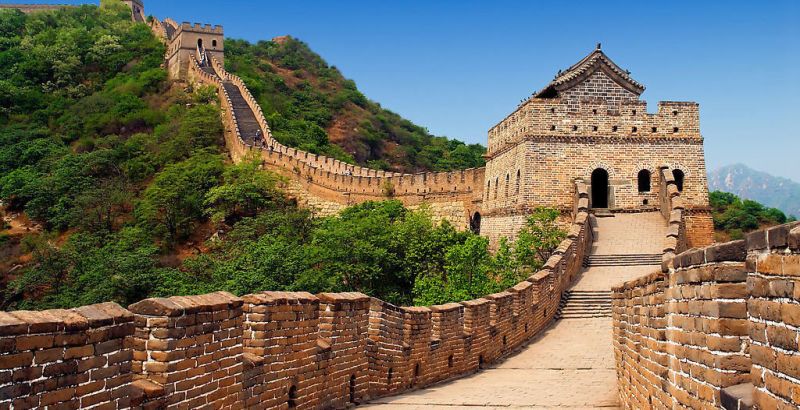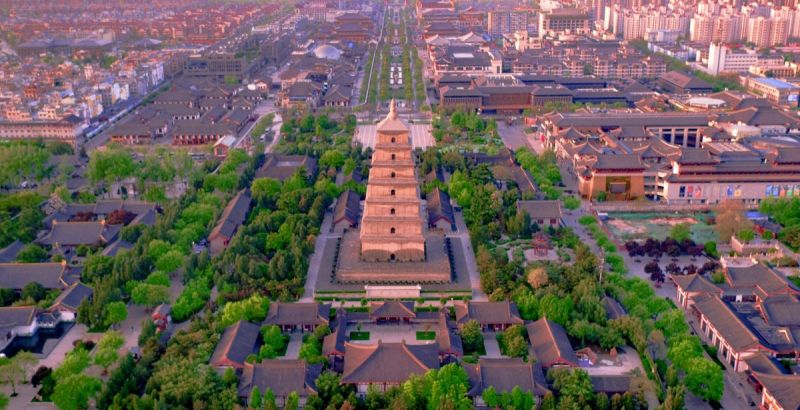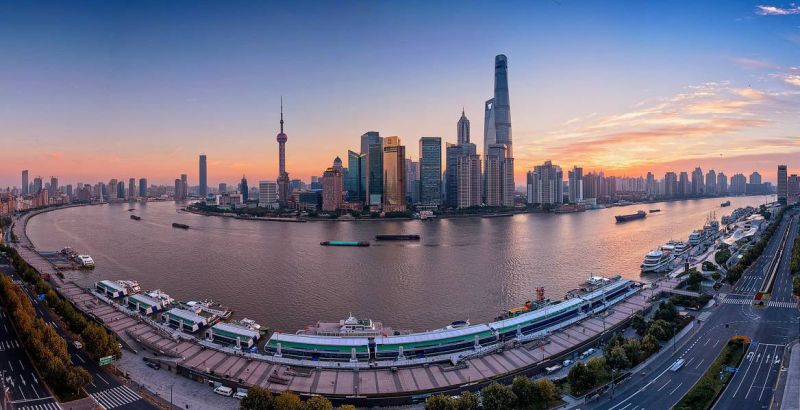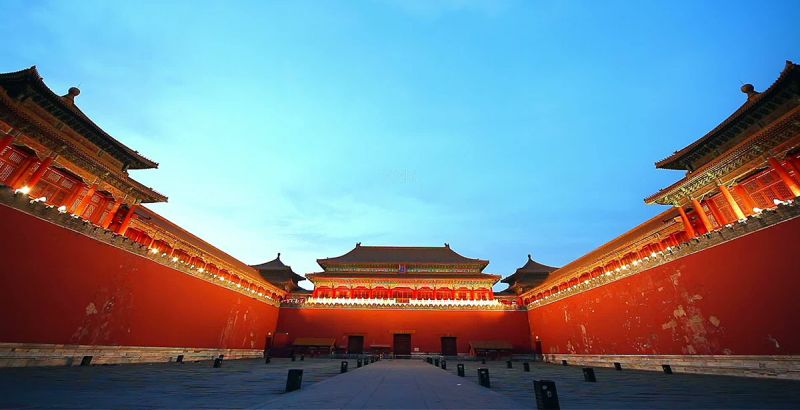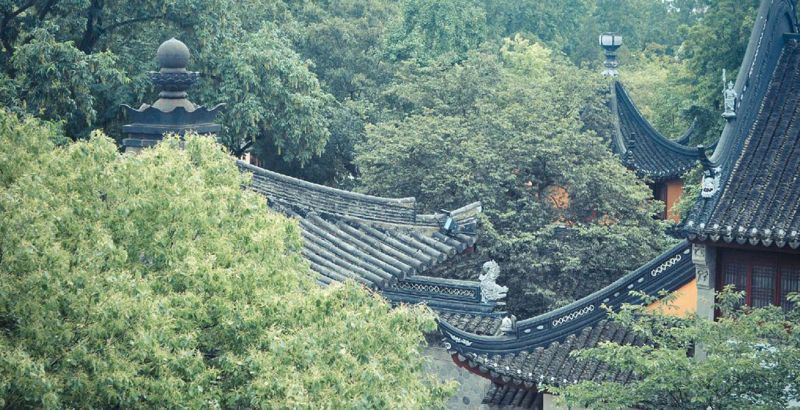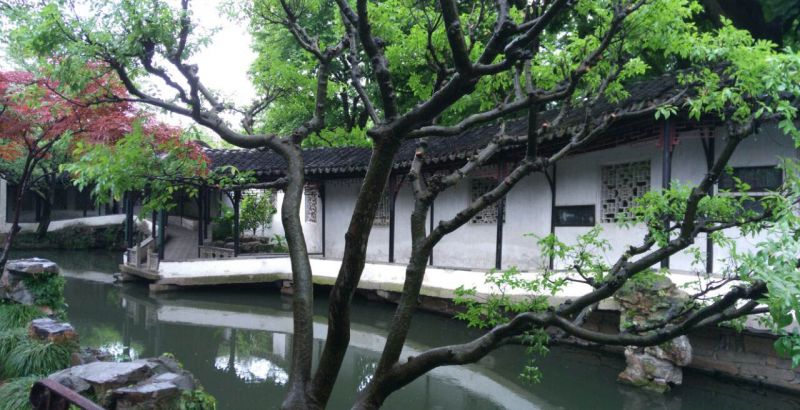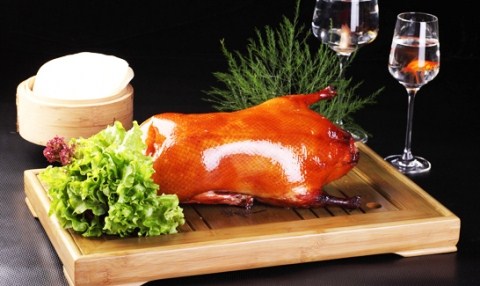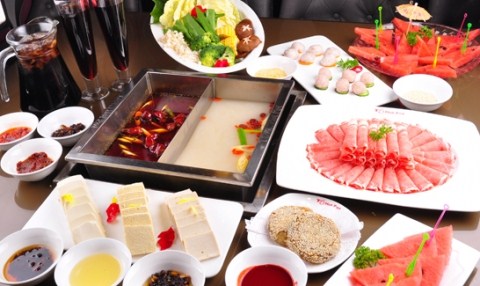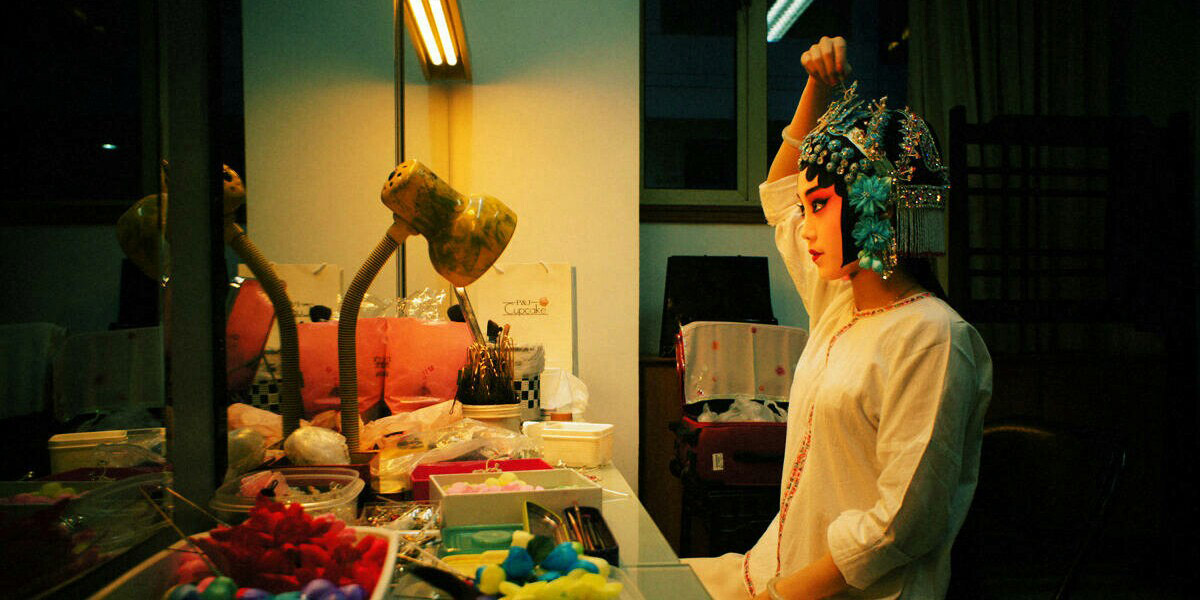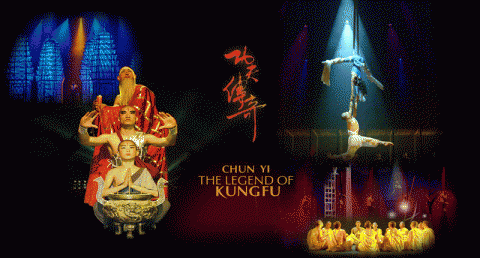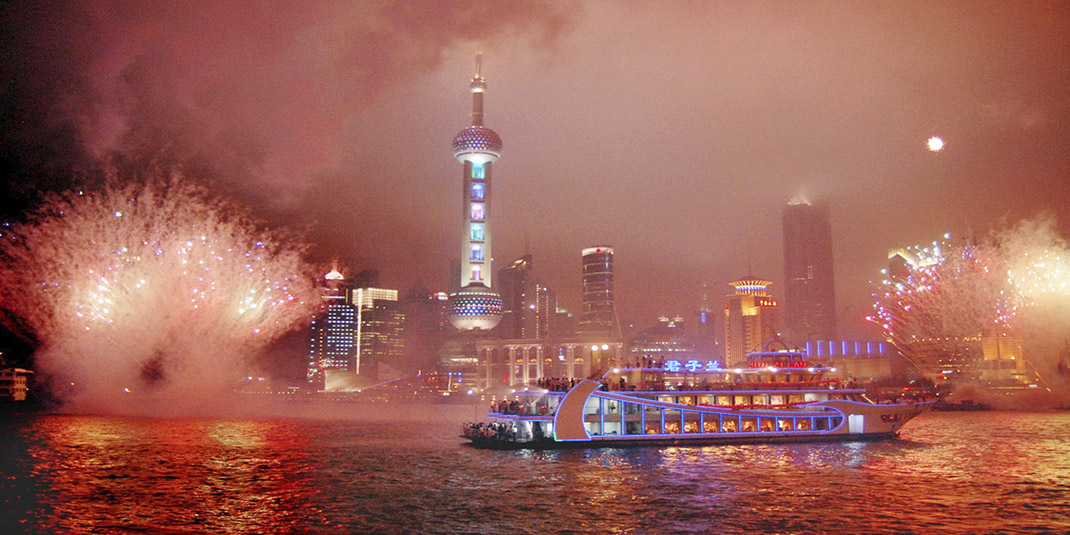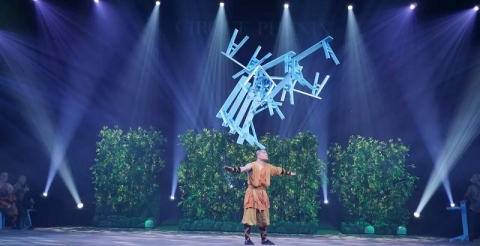11 Days Economic China Tour covering Beijing, Xian, Shanghai, Suzhou, Hangzhou
- Private Tour
Price Per Person in USD
Booked by 0 travelers
5 Stars
Hotel+Tour
4 Stars
Hotel+Tour
3 Stars
Hotel+Tour
Only
Tour Fee
1 person
$3497
$0
2 person
$2347
$0
3 person
$1963
$0
4 person
$1707
$0
5 person
$1602
$0
6 person
$1437
$0
7 person
$1302
$0
8 person
$1225
$0
9 person
$1171
$0
≥10 person
$1106
$0
Highlights
This eye-opening journey introduces you to the history, culture, nature, and traditional life in China. The adventure begins in Beijing, China’s political and cultural capital. From Beijing, the scene shifts to Xi'an, once emperors' throne for the most powerful dynasties. Later en route to Shanghai, a dynamic city which cast the shade of glimmering skyscrapers. The last stop will be Suzhou and Hangzhou where boasting the most scenic southeast water land in China.
Day 1 Arrival in Beijing
Driver and tour guide pick you up from the airport in Beijing. You will get professional advice from the tour guide about exploration sites near your hotel.
![]() :
:
Day 2 Beijing
Diver and tour guide pick you up from the hotel in the morning. Today you start the tour from the famous Tiananmen Square where you meet many historical monuments once witnessed some important political events. Across the Golden Water Bridge, you will walk into the famous Forbidden City where you can view many fascinating halls, pavilions with golden roofs and high red walls, and precious exhibitions. After the lunch, you begin your tour from Summer Palace, the amazing royal gardens of China, a clever combination of Longevity Hills and Kunming Lake featuring with pavilions, bridges and temples. Driver and tour guide send you back to hotel in the late afternoon.
![]() :
:
Scenic spots included in the itinerary
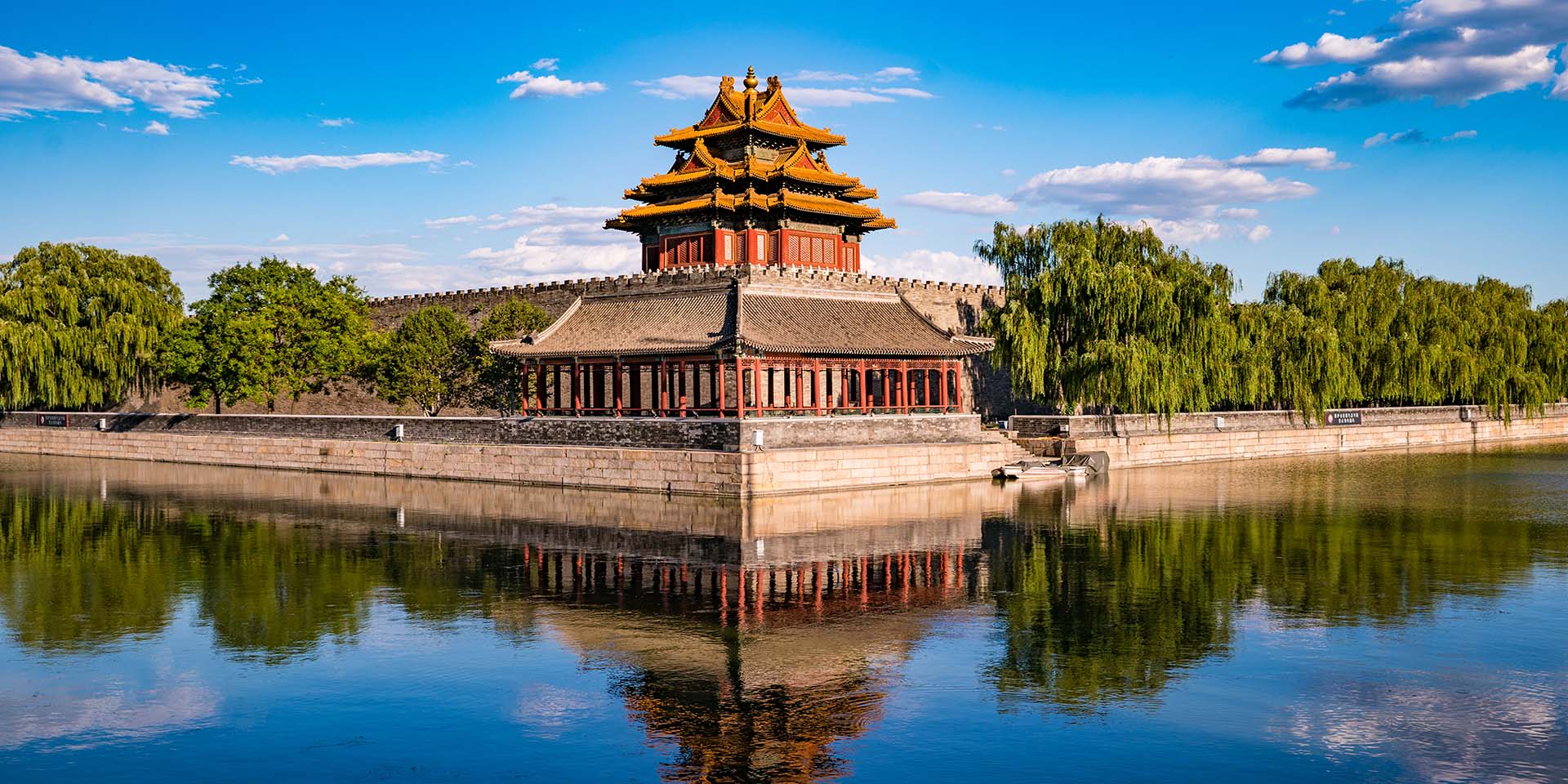
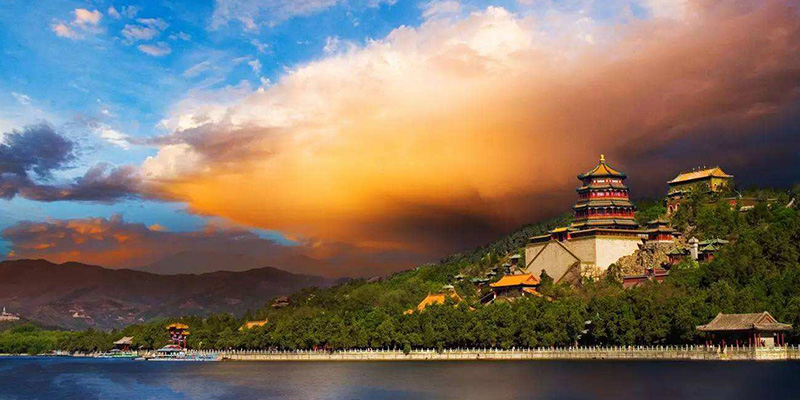
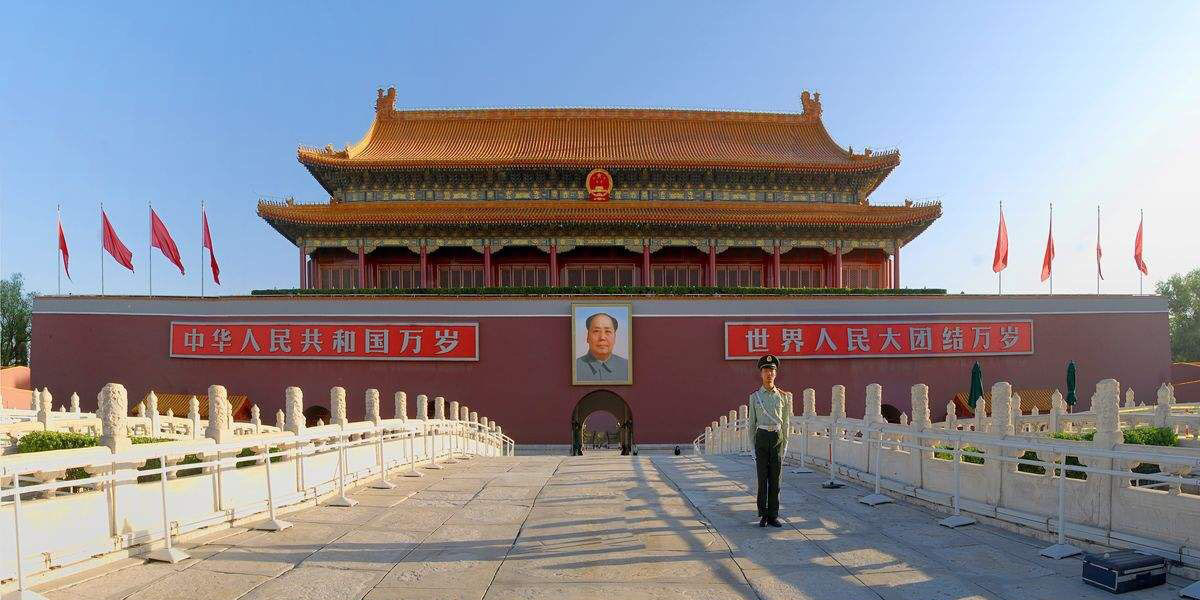
Day 3 Beijing
In the morning, the driver and tour guide pick you up from the hotel. Today you will visit the Badaling Great Wall, the best-preserved part of the Great Wall. The feeling must be great for walking above the wide and strong stone steps while overlooking the lush green over the hillside and watching eagles hovering in the wall. After refueling with the lunch, you continue the tour to Sacred Way where you can take many snapshots on real-life size stone animals carved vividly. Through the Sacred way, you enter Ming Tombs(Dingling) where exhibited the only underground palace.
![]() :
:
Scenic spots included in the itinerary
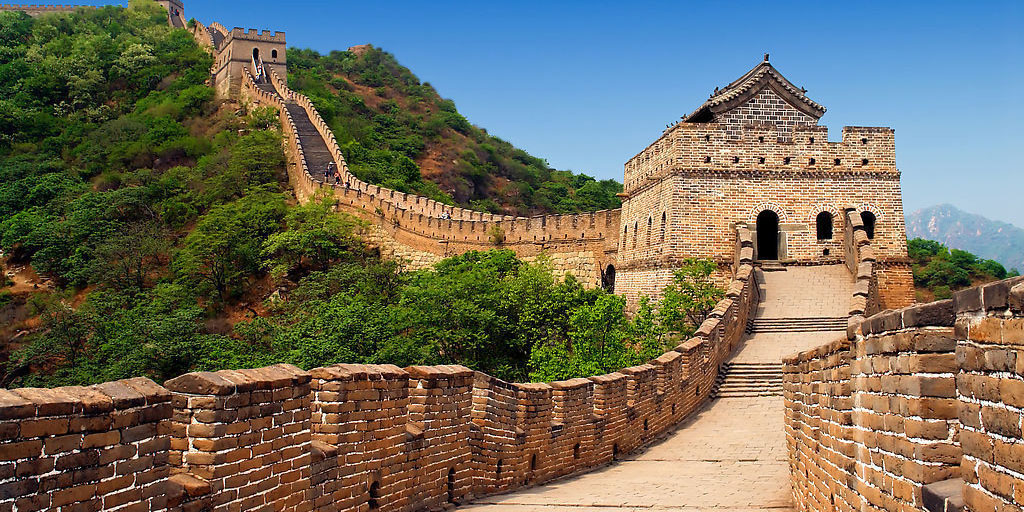
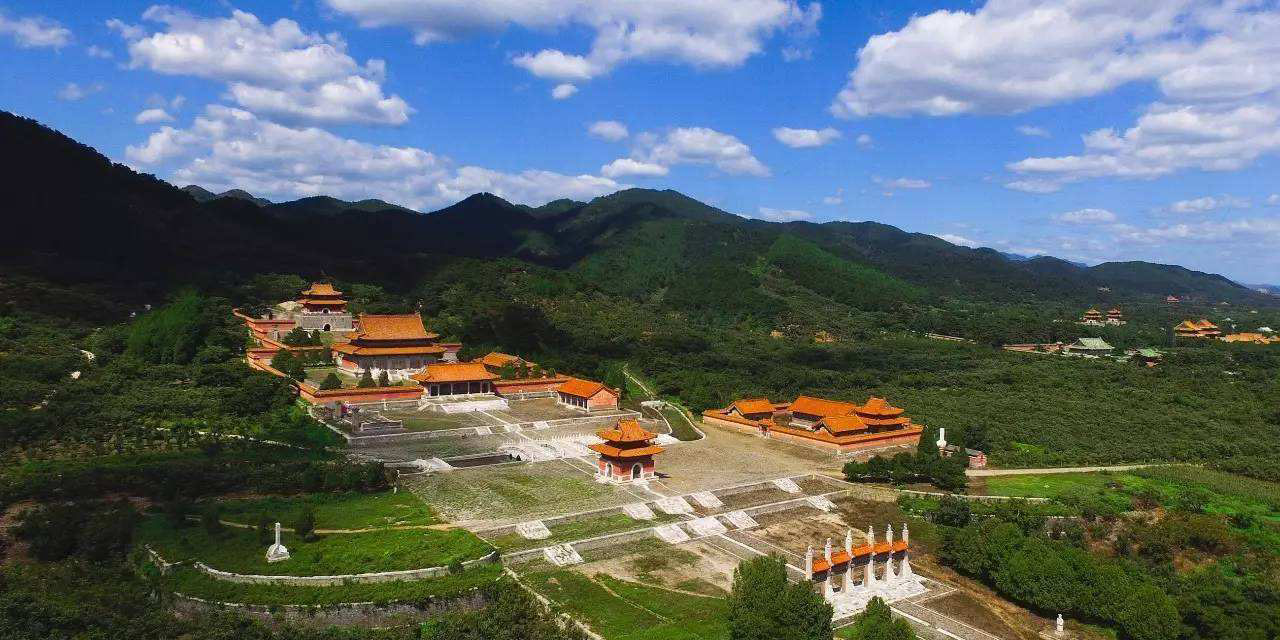
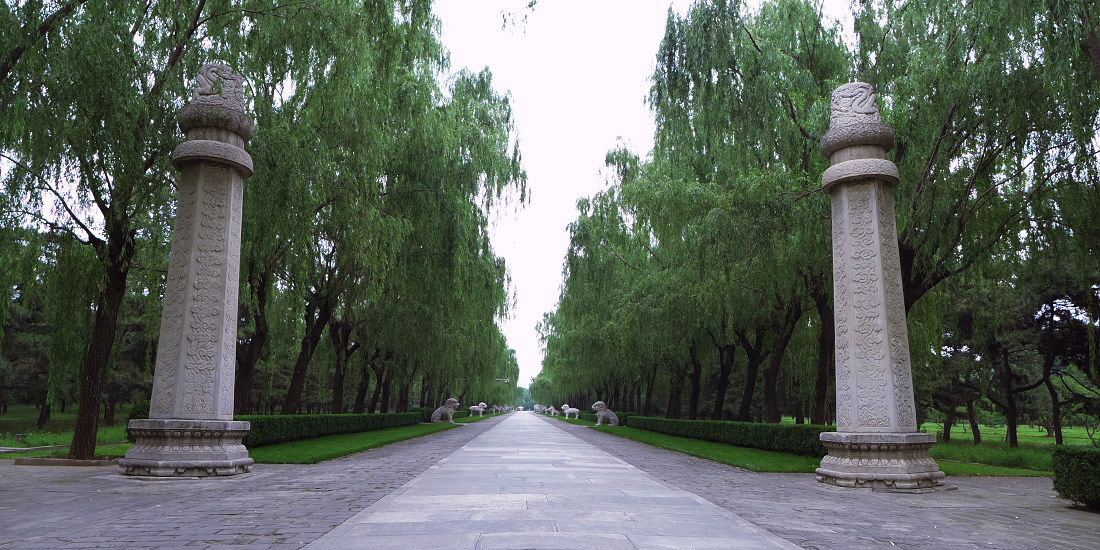
Day 4 Beijing-Xi'an by High-speed Train
Driver and tour guide pick you up from the hotel in the morning. View the stunning Temple of Heaven which was used for pray for a good harvest. Later, you will take the high-speed train for Xian. It takes around five and a half hour. Upon arrival, the driver and tour guide pick you up from the railway station and send you to the hotel in Xian.
![]() :
:
Scenic spots included in the itinerary
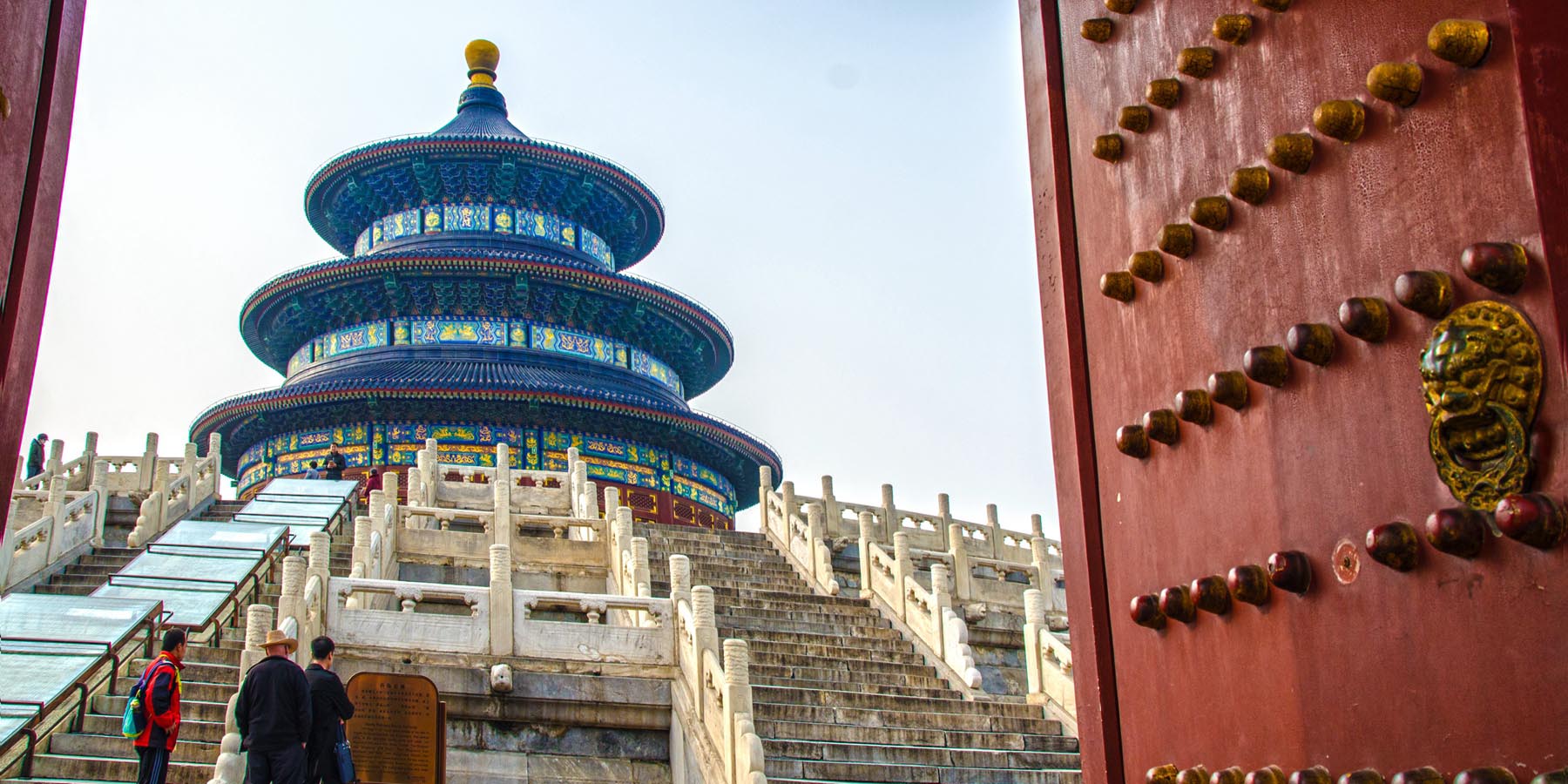
Day 5 Xi'an
Driver and tour guide pick you up from the hotel in the morning. Today you start the tour from the famous Terracotta Warriors where you can see three pits exhibited with amazing Qin Dynasty warriors and figures. After lunch, you extend the tour to the Big Wild Goose Pagoda which boasts interior Buddhist treasures brought from India in Tang Dynasty. Driver and tour guide send you to the hotel in the late afternoon.
![]() :
:
Scenic spots included in the itinerary
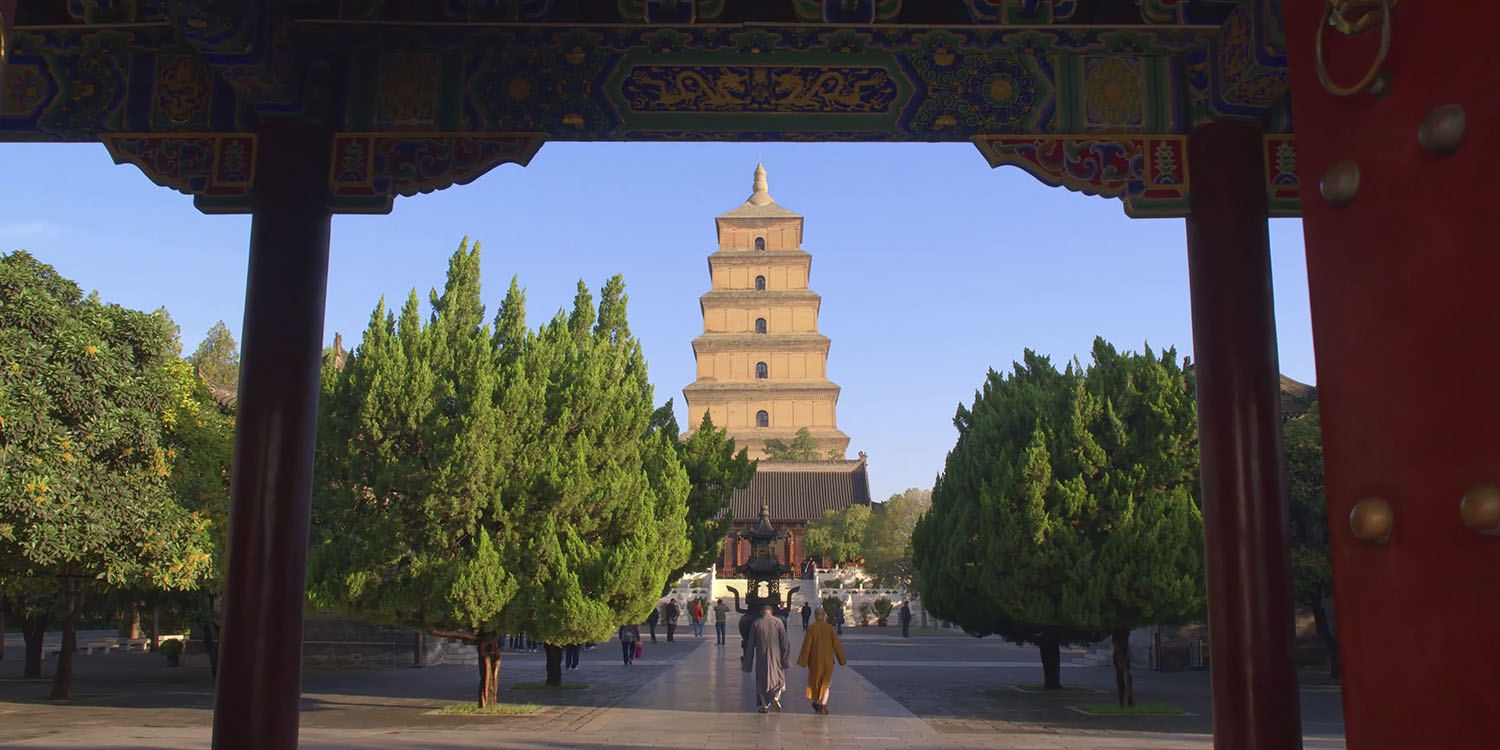
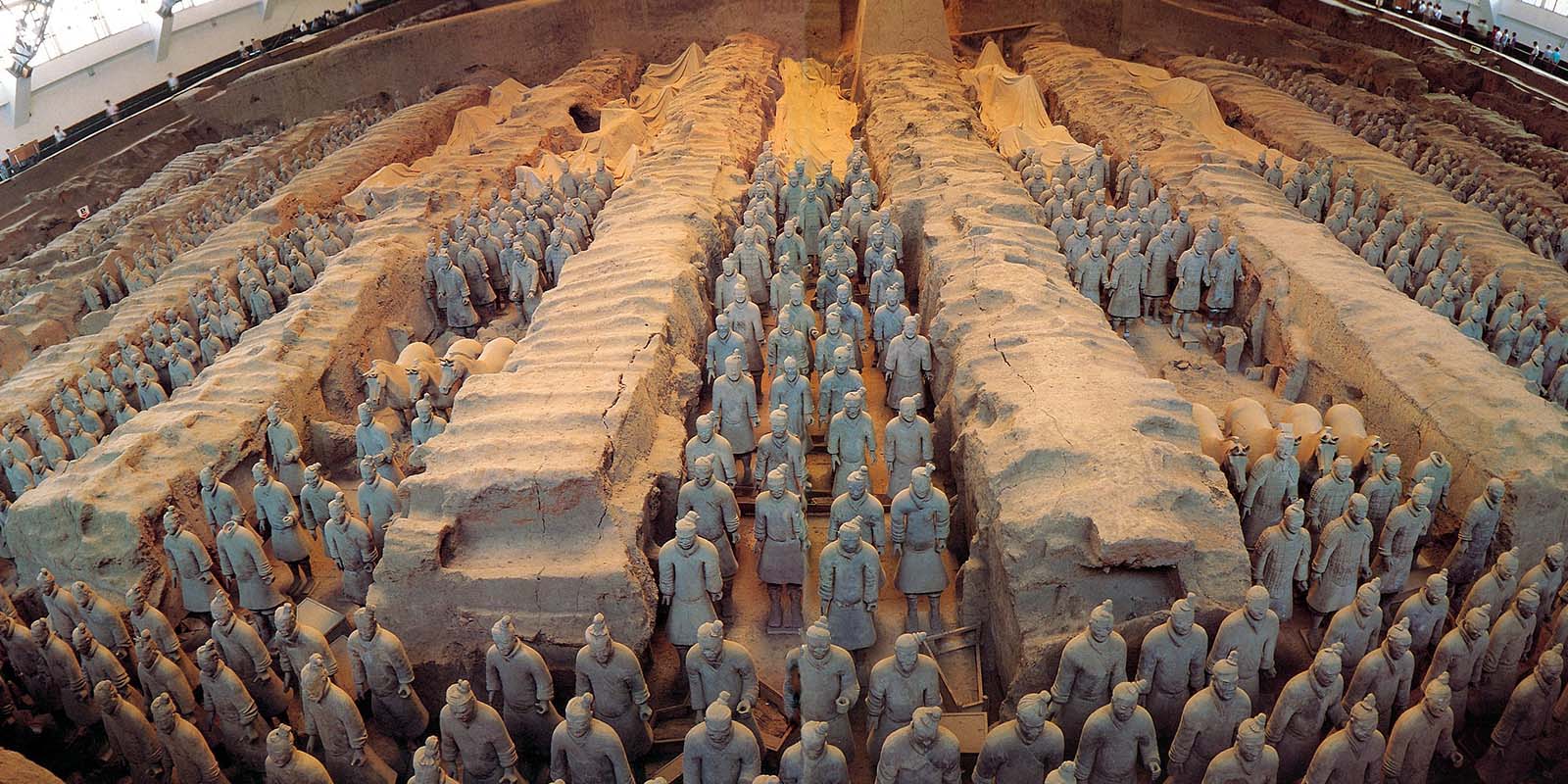
Day 6 Xi'an-Shanghai by Flight
Driver and tour guide pick you up from the hotel in the morning. You start the tour on Xian City Wall for a sweeping view on the whole urban city. Delve into the history of Xian by studying exhibitions of bronze wares, jade, potteries and murals in Shaanxi History Museum. After lunch, you are sent to the airport leaving for Shanghai. Tour guide and driver pick you up from the airport in Shanghai and sent you to the hotel for checking in.
![]() :
:
Scenic spots included in the itinerary
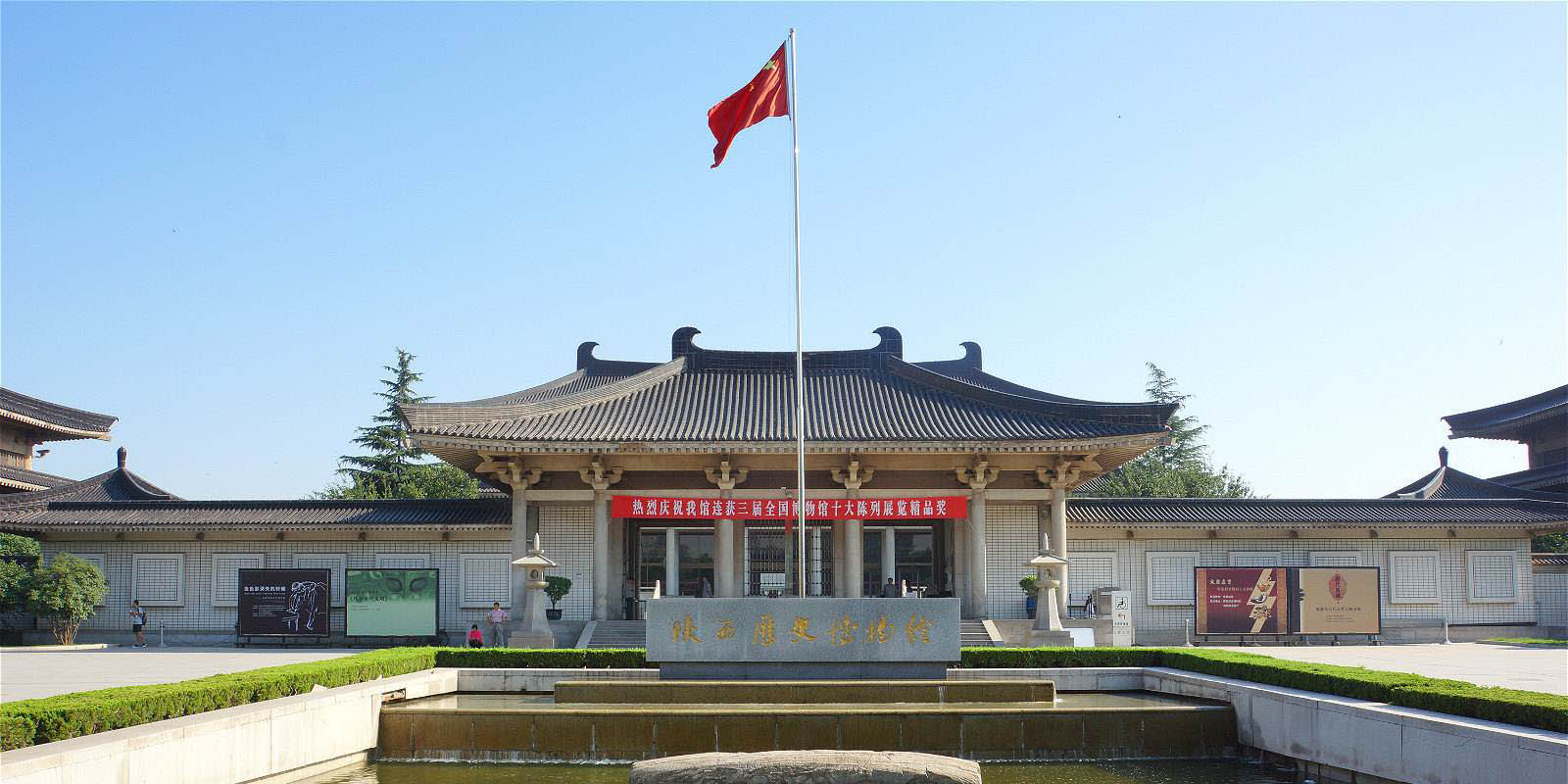
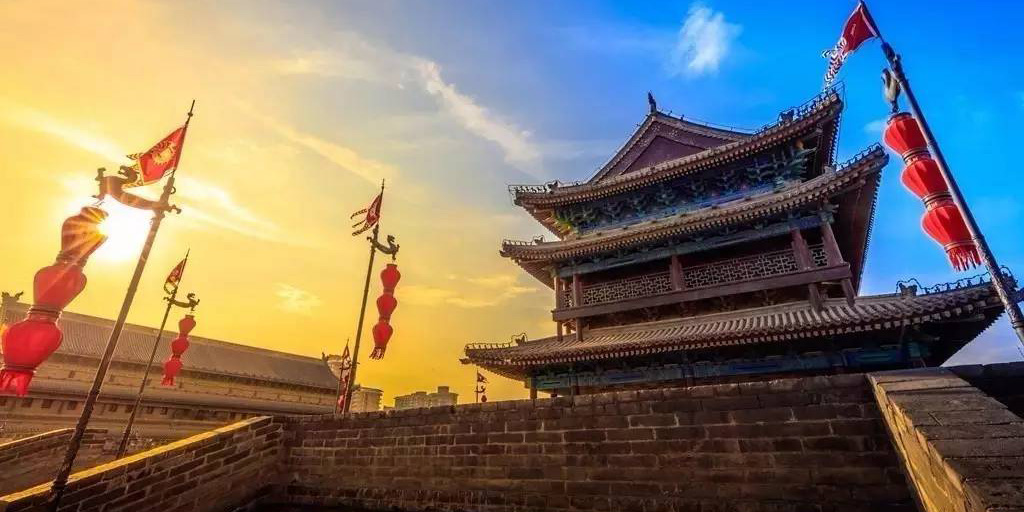
Day 7 Shanghai
Driver and tour guide pick you up from hotel in the morning. Today you start the tour from Jade Buddha Temple where hosting a sitting and a reclining Buddha. Later, enjoy Tianzifang unique atmosphere which well reputed for Shanghai's traditional houses and a growing web of trendy cafés, boutiques, creative spaces and souvenir stores. Afterwards, sightsee Yu Garden, a classic garden featuring with nine zigzag bridges made by granite, grass-white jade and the quaint and elegant pavilion. Across the Bund to appreciate grand architecture. The tour ends from Oriental Pearl Tower, the skyscraper in Pudong New Area, offering you a panoramic look on dynamic urban.
![]() :
:
Scenic spots included in the itinerary
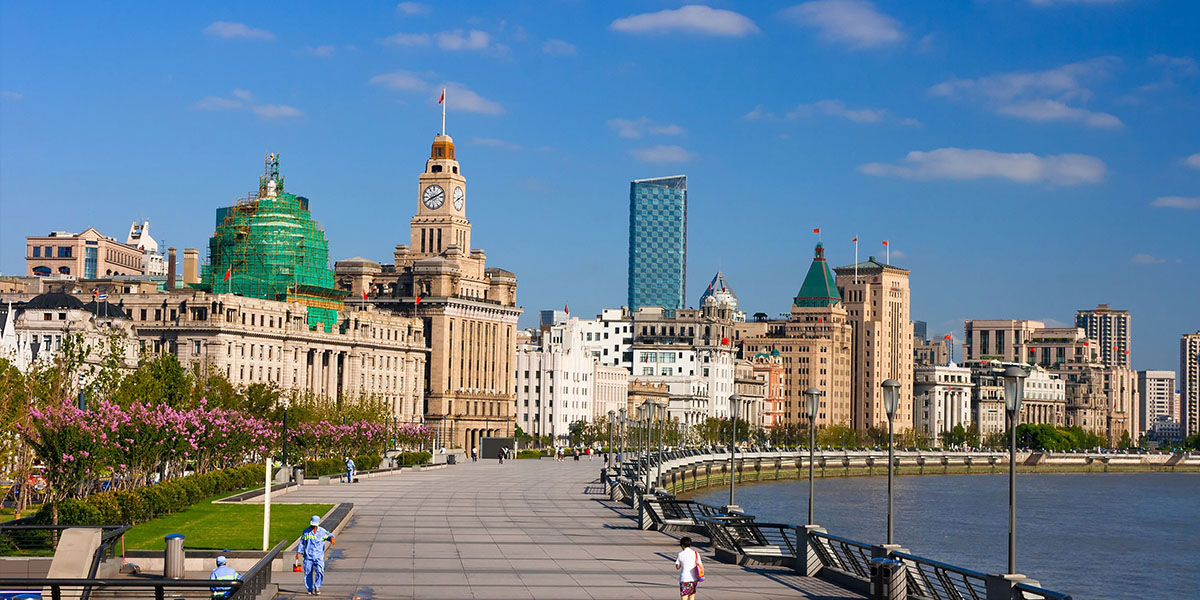
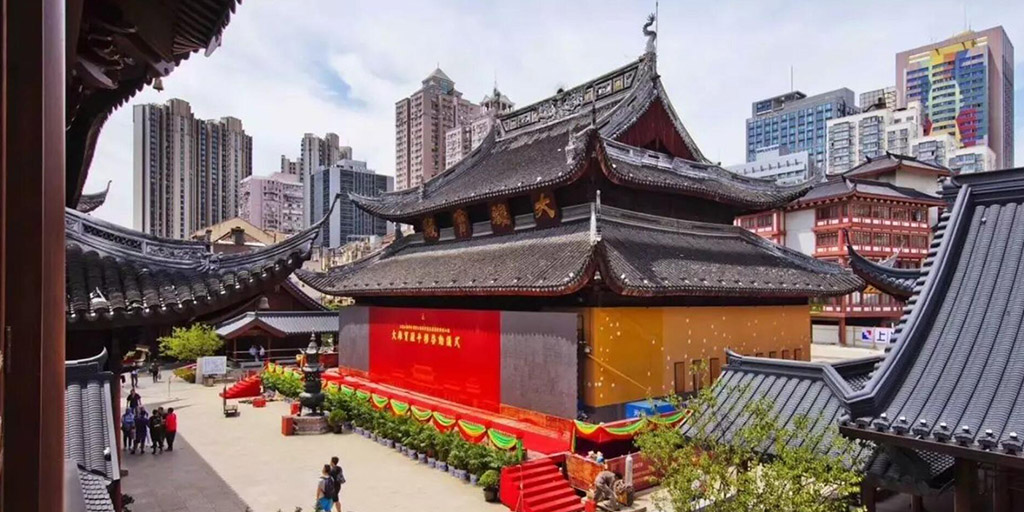
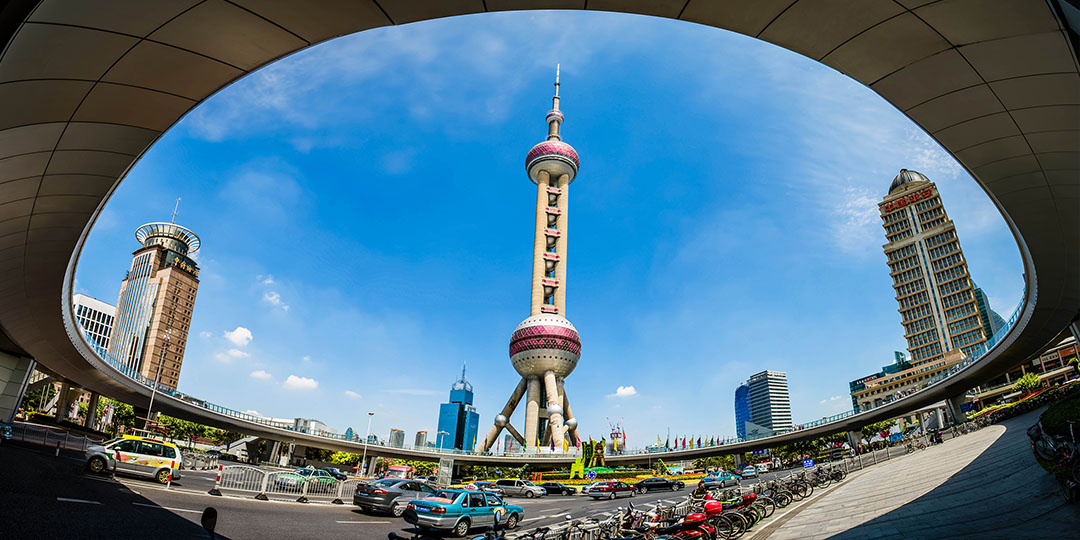
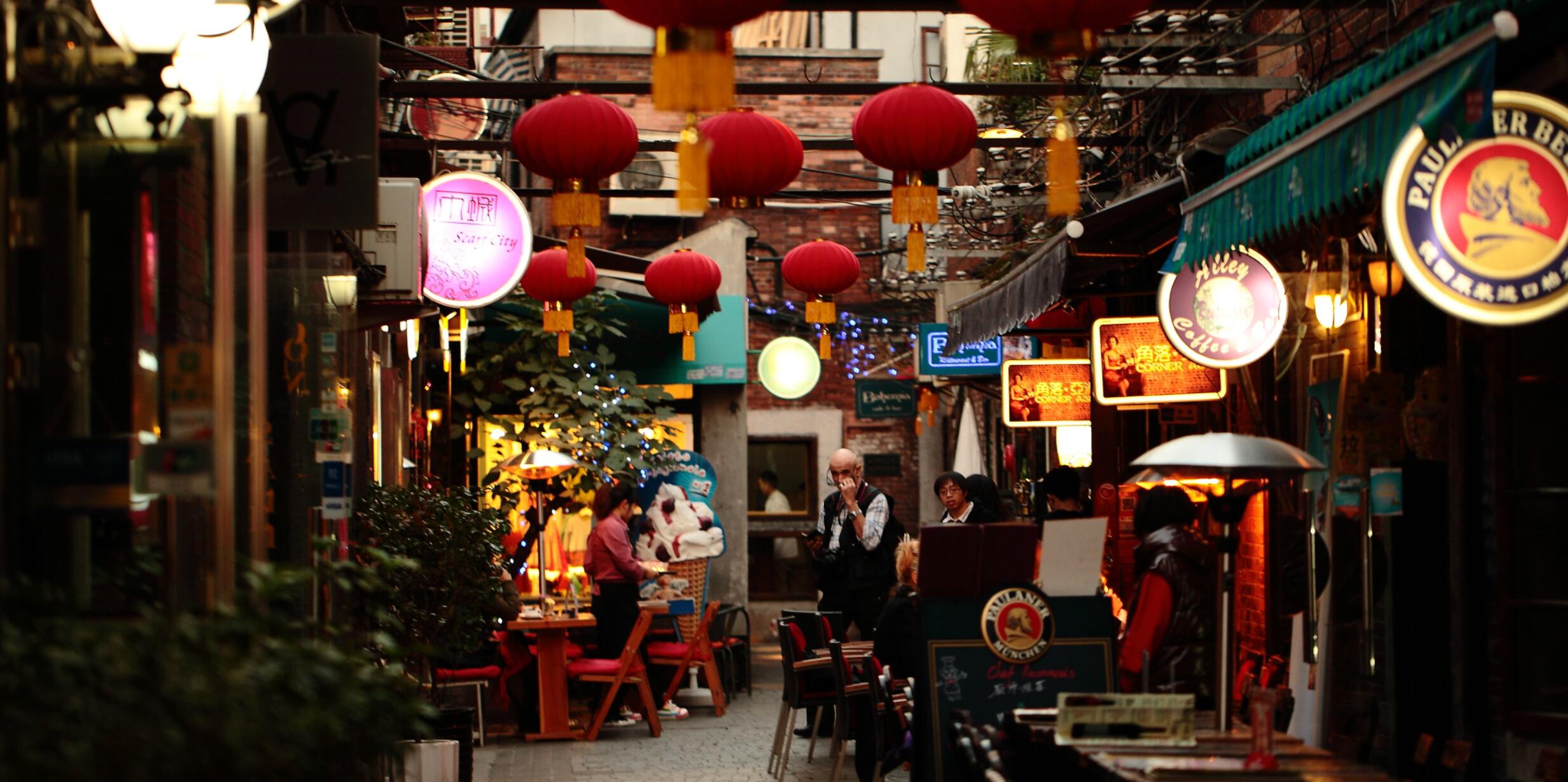
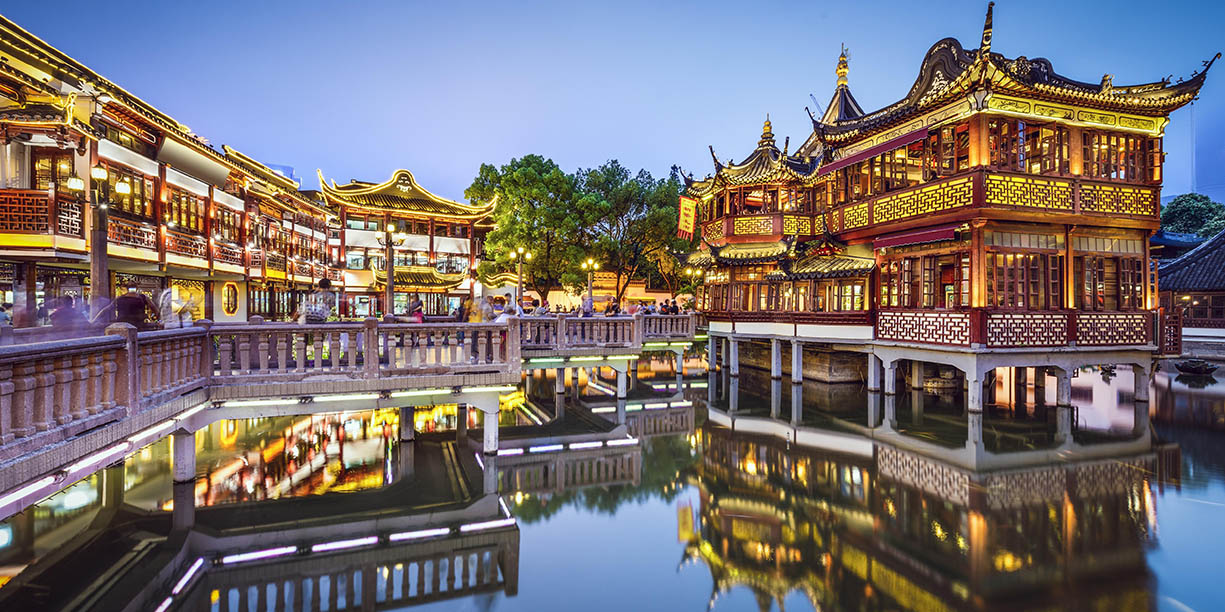
Day 8 Shanghai-Suzhou by Private Vehicle
Driver and tour guide pick you up from the hotel in the morning. The tour starts at Zhouzhuang Water Town, thronged with winding waterways and charming structures. You can have a glimpse the simple, perfectly preserved houses and read the historical highlights passing by as you sail through the canals in a Chinese-style gondola(at your own expense). After lunch, you continue the tour to Suzhou. Visit Humble Administrator's Garden, the largest representative works of classical gardens in Suzhou and one of four famous gardens in China.
![]() :
:
Scenic spots included in the itinerary
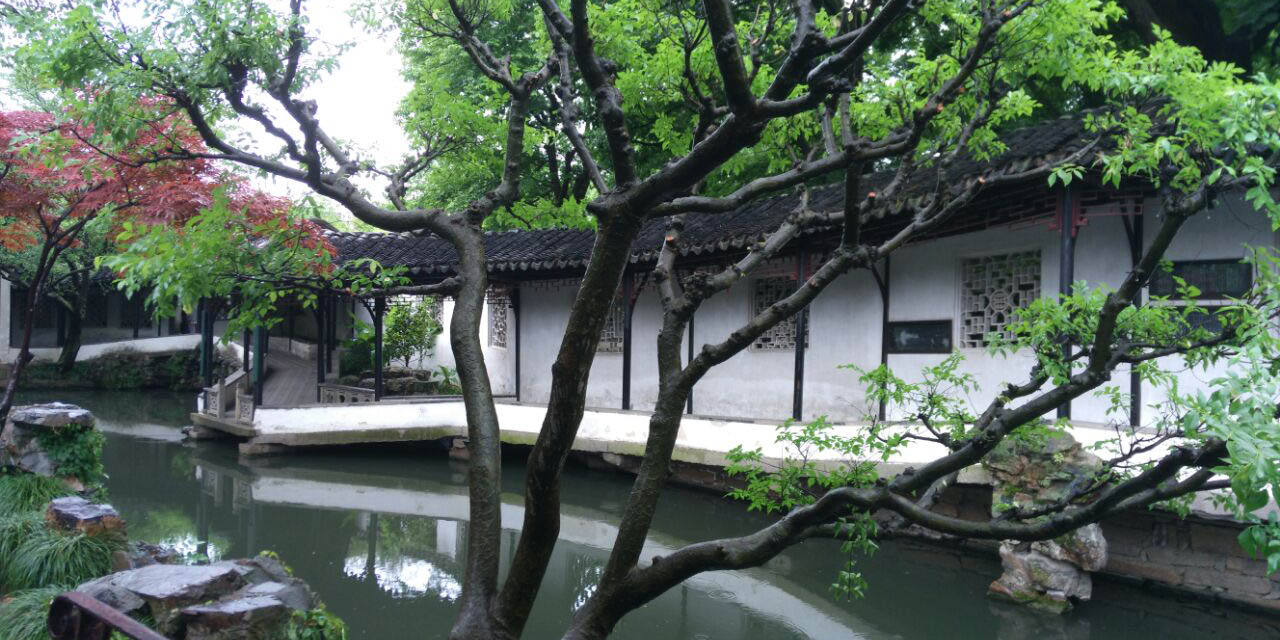
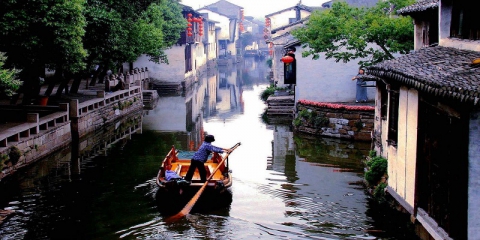
Day 9 Suzhou-Hangzhou by Private Vehicle
Driver and tour guide pick you up from the hotel in the morning. Start your wonderful tour from Tiger Hill, the tower inside was considered as the Leaning Tower of Pisa in China. Have a short visit to Shantang Street, one of the most developed commercial and cultural neighborhoods in China during the Ming and qing dynasties. Watching rolling boats and stores in planked along the street, the ancient buildings atmosphere. After lunch, go to Hanshan Temple, a famous temple in China. At last, drive to Hangzhou and check in the local hotel.
![]() :
:
Scenic spots included in the itinerary
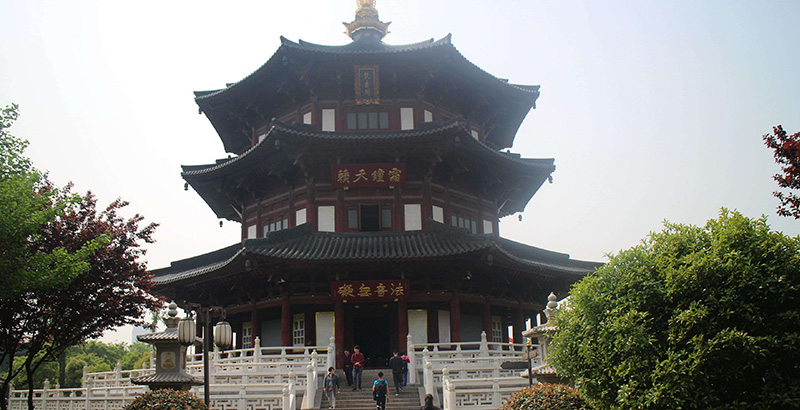
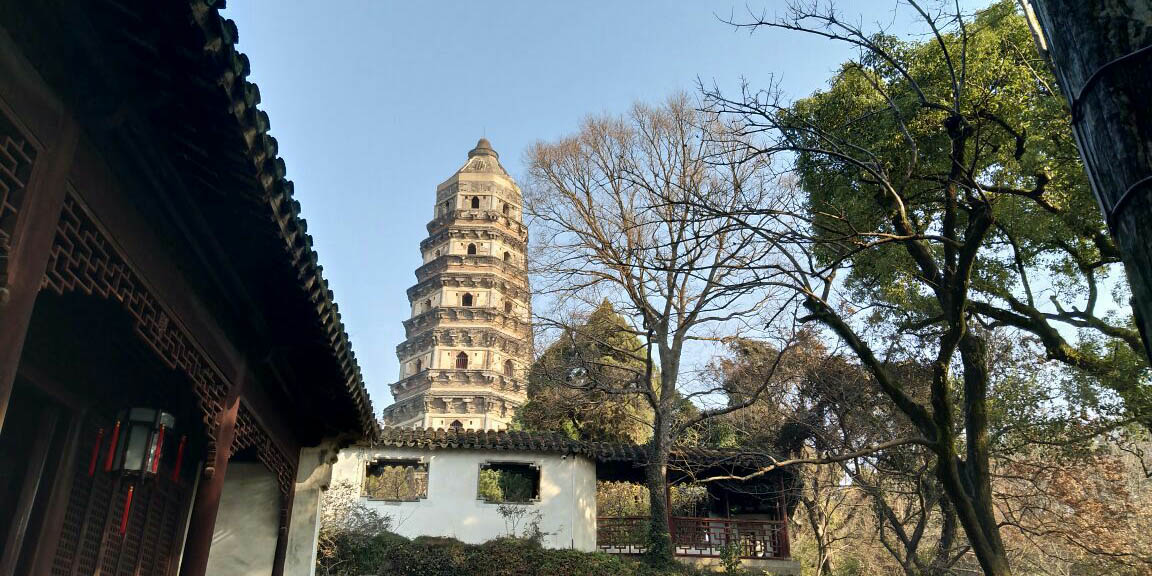
Day 10 Hangzhou-Shanghai by Private Vehicle
Driver and tour guide pick you up from the hotel in the morning. Today you start the tour from West Lake, cruise on charming West Lake which bordered on three sides by mountains, with Six Harmonies Pagoda as the background, West Lake provides a perfect photo with its clear spring water, willow trees and elegant bridges. Later, browse through many pagodas and pavilions at Lingyin Temple, hear highlights from your guides on some of the 470 stone carvings of Buddhist figures, which date back to the 10th to 14th centuries. After lunch, you continue to Mei Jia Wu Tea Village, situated in the rural foothills of the West Lake. You can have a field study on tea production while overlooking the layering tea terrace in this scenic setting. The tour ends from visiting Six Harmonies Pagoda, which is famous for the vantage point for the sweeping view of the overwhelming Qiantang river. Send back to the hotel in Shanghai.
![]() :
:
Scenic spots included in the itinerary
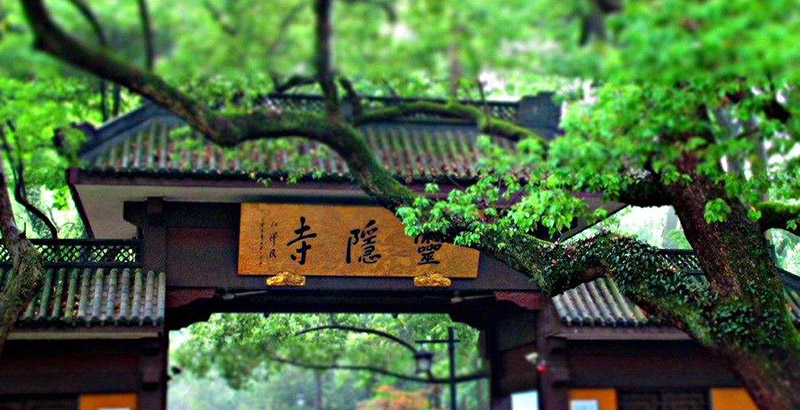
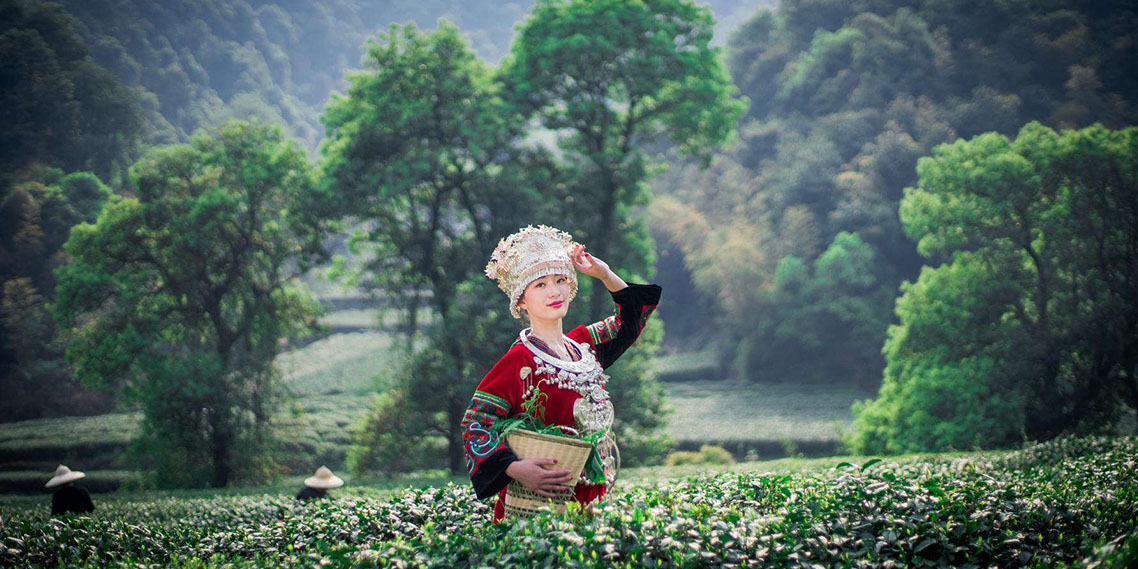
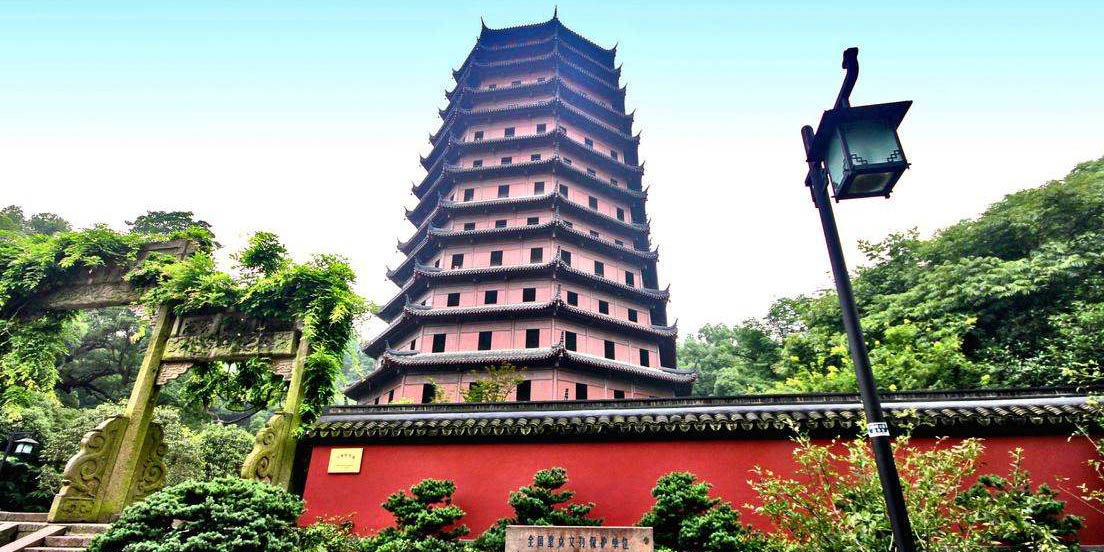
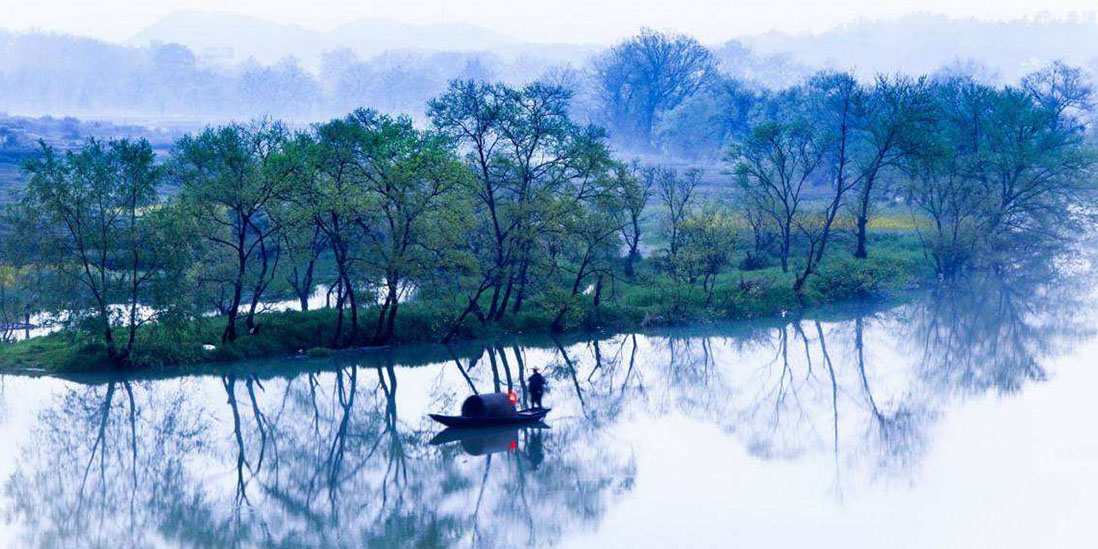
Day 11 Departure from Shanghai
Driver picks you up from the hotel in the morning and you are sent to the airport or railway station in Shanghai for leaving.
![]() :
:
Hotel Location
5 Star Hotel
4 Star Hotel
3 Star Hotel
Add Product
Booking Notes
Includes
![]() Entrance tickets as listed
Entrance tickets as listed
![]() Air-conditioned vehicle and driver
Air-conditioned vehicle and driver
![]() English-speaking guide
English-speaking guide
![]() 2nd high-speed train ticket and flight ticket as listed
2nd high-speed train ticket and flight ticket as listed
![]() West Lake cruise
West Lake cruise
![]() Hotel pick-up and drop off service
Hotel pick-up and drop off service
![]() Airport transfer
Airport transfer
![]() Meals as listed
Meals as listed
![]() Hotel for 10 nights (if selected)
Hotel for 10 nights (if selected)
Excludes
![]() China visa fee
China visa fee
![]() International flight ticket
International flight ticket
![]() Tips to guide and driver
Tips to guide and driver
![]() Zhouzhuang Water Town cruise
Zhouzhuang Water Town cruise
How to Book:
1. You can book online directly or send email to marcopolo@chinatoursnet.com
2. The personal information you filled in at the time of booking must be exactly the same as your passport. ChinaToursNet will not refund any losses due to missing or incorrect information.
3. Confirmation will be received at the time of booking.
4. Vegetarian option is available, please advise at time of booking if required.
5. We accept Credit Card, PayPal and bank transfer.
6. The schedule can be adjusted by your tour guide due to the actual traffic condition.
7. Child definition: Child taller than 1.1 meters will be charged full price, child smaller than 1.1 meters will be charged half price.
Cancellation Policy:
If you cancel at least 30 day(s) in advance of the scheduled departure, there is no cancellation fee.
If you cancel between 20 and 15 day(s) in advance of the scheduled departure, there is a 50 percent cancellation fee.
If you cancel within 15 day(s) of the scheduled departure, there is a 100 percent cancellation fee.
Hotel, Air tickets, Train tickets, Insurance and Card fees are not refundable.
Got Question & Quick Answer
![]()
![]()
CONTACT INFO
PHONE:
EMAIL:
marcopolo@chinatoursnet.comWhatsApp:+86-13683536536iMessage:+86-13683536536
ADDRESS:
Room 208,Business Building AQiantongtian.Longgang Road,Haidian district,Beijing
WeChat:chinatoursnetSkype:chinatoursnet@outlook.com
WHY CHOOSE US

1:We are in Beijing
2:No hidden fees
3:Downtown hotel
4:professional tour guildes and drivers
5:Flexible tour time,private tour group,customized tour service
6:free mineral water
7:Guarantee enough visiting time
8:Guarantee your satisfactory with your choice
